The default for many orchestral string players is to use as much bow as possible to achieve maximum projection. Violinist Alexandra Gorski argues that a more thoughtful approach is necessary
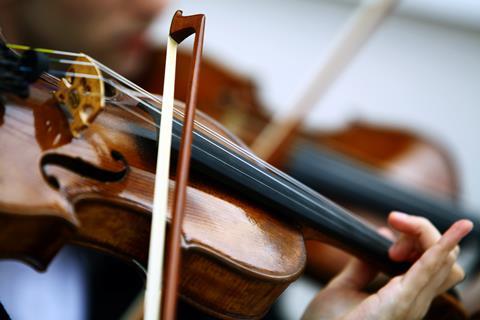
Discover more Featured Stories like this in The Strad Playing Hub
Read more premium content for subscribers here
Bow distribution plays a crucial role in articulation, phrasing and dynamic control, and string players’ pursuit of effective bow distribution can often seem endless. In orchestral playing, we can often get stuck in the ‘whole bow, big sound’ mentality, this approach appearing to be the default as we are encouraged to achieve a full, projecting sound. However, proper bow management is fundamental in this environment, where, in reality, bow distribution should be varied and controlled, and focused primarily on the blending of sound within a section, rather than its projection.
By exploring the nuances of bow distribution, its variations across different orchestral works and the contrasting procedures between orchestras in different countries, musicians can better contribute to a cohesive, informed and expressive performance.
The work of an orchestral musician involves the constant exploration of a diverse and abundant repertoire, all of which demands varying bow strategies. The approach to bow distribution should reflect this, and although the use of the whole bow can be an important aspect of sound production, it is not always appropriate.
A Baroque programme typically requires light, articulated bowing. Similarly, Classical repertoire calls for controlled and refined bowing, avoiding excessive use of the whole bow. These are the programmes in which I often see variance within a section, with some players maintaining a long, full bow in place of what is stylistically necessary. On the other hand, Romantic works demand broader, expressive bow strokes, and for repertoire from the 20th or 21st centuries, we must often involve unconventional bowing techniques.
In addition to matching the bow placement and style of section leaders, string players must stay aware of all the various demands of different categories of orchestral repertoire in order to achieve a unified sound and cohesion within the ensemble.
A comparison between orchestral traditions in the United States and those in Eastern Europe shows that they vary significantly, influencing bow distribution techniques and stylistic interpretations, regardless of repertoire. This is something I have witnessed first-hand. I’ve noticed that US orchestras generally favour a warm, blended sound with smooth, continuous bow strokes while Eastern European orchestras often prioritise a more expressive, individualistic approach, with greater emphasis on dynamic contrast and phrasing.
When I first arrived in Bulgaria and began playing in session orchestras, this more individual approach was completely new to me, as someone who had grown up in the US. Cohesion was still maintained within the section, but players were more focused on the overall effect of sound produced, rather than precise uniformity. As we were recording for film, and not rehearsing for a live performance, our bowing did not have to be uniform, and free bowing was commonly encouraged, just as long as the necessary sonic result was achieved. I found this approach also seeped into live performing orchestras; while string sections were still totally harmonious, the individual player employed whatever technique was necessary to achieve results. It was down to whatever worked best for the musician, dependent on their instrument, technique or even their physicality. As long as the passage was clear, articulated and well balanced, the bow placement was never called into question.
Ultimately, whether following standardised bowing practices or embracing a more flexible approach, players must remain adaptable to their ensemble and the repertoire’s stylistic and technical demands.
Read: Opinion: Becoming a ‘bowist’
Read: Technique: Thoughts on bowing
Discover more Featured Stories like this in The Strad Playing Hub
Read more premium content for subscribers here
The number one source for playing and teaching books, guides, CDs, calendars and back issues of the magazine.
In The Best of Technique you’ll discover the top playing tips of the world’s leading string players and teachers. It’s packed full of exercises for students, plus examples from the standard repertoire to show you how to integrate the technique into your playing.
The Strad’s Masterclass series brings together the finest string players with some of the greatest string works ever written. Always one of our most popular sections, Masterclass has been an invaluable aid to aspiring soloists, chamber musicians and string teachers since the 1990s.
The Canada Council of the Arts’ Musical Instrument Bank is 40 years old in 2025. This year’s calendar celebrates some its treasures, including four instruments by Antonio Stradivari and priceless works by Montagnana, Gagliano, Pressenda and David Tecchler.

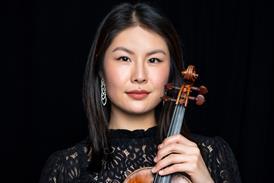
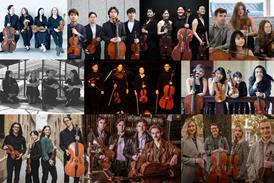
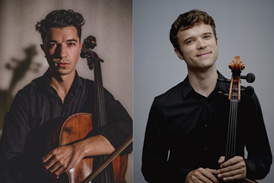

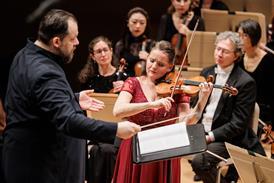
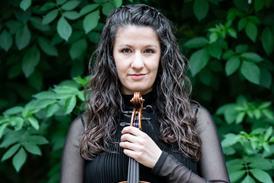


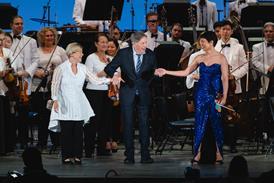


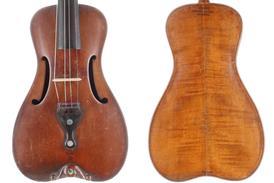
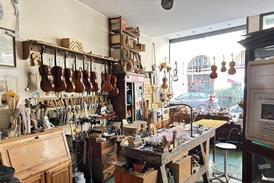




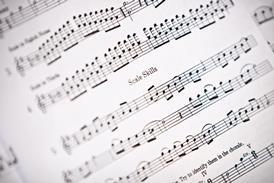


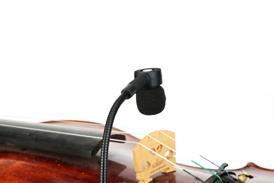


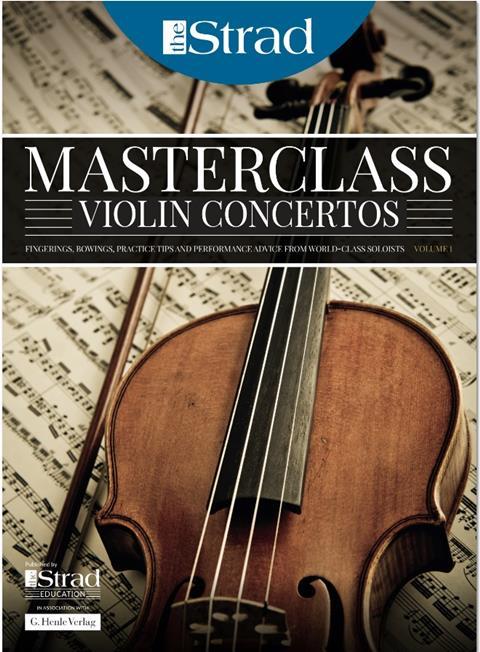
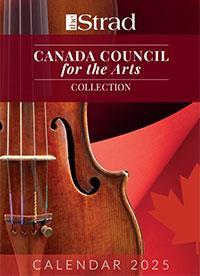












No comments yet